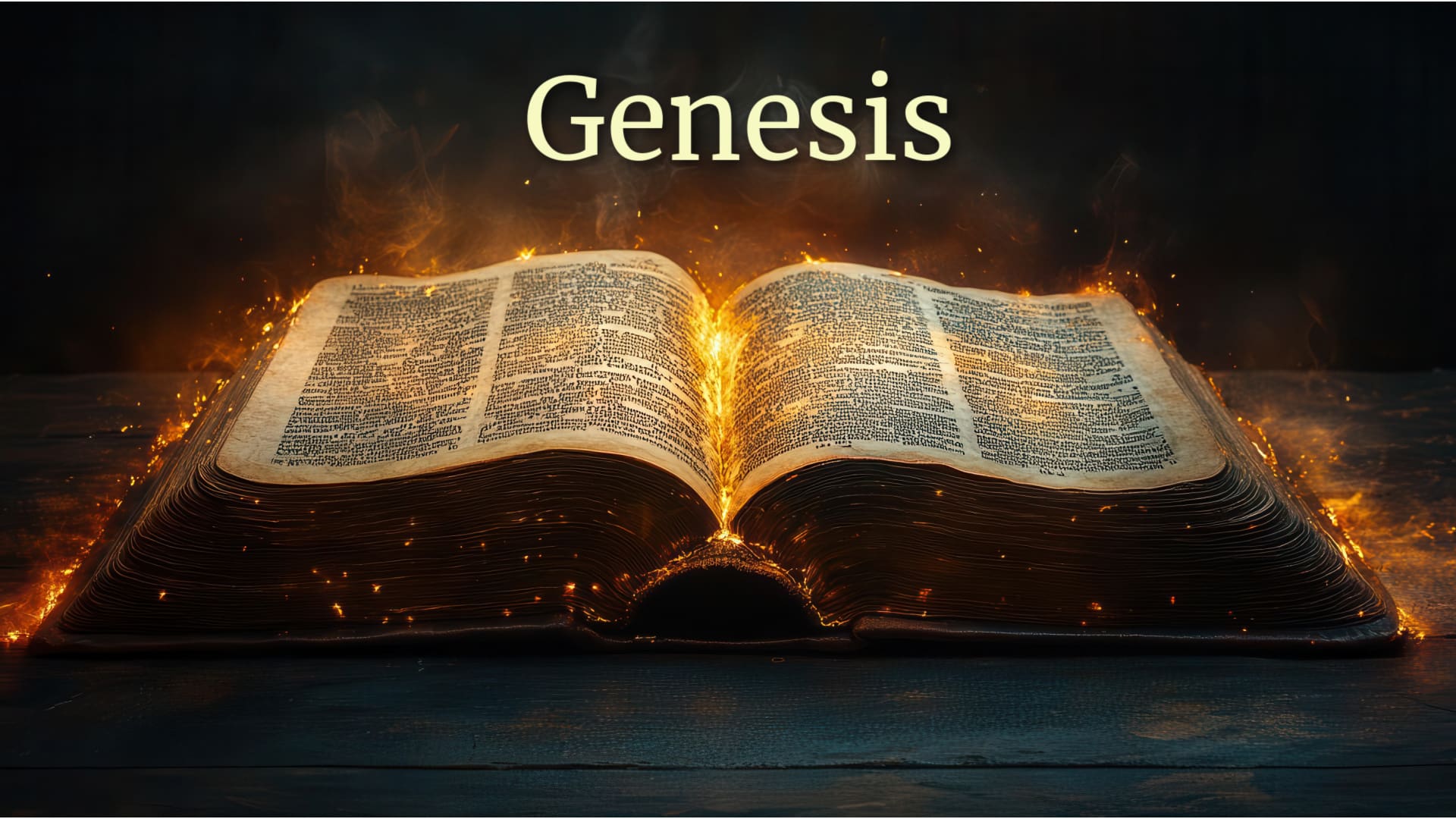
Genesis 1:2 Primal Elements of Chaos and Primal Fears
The Earth was without form and void, and darkness was upon the face of the deep; and the Spirit of God was moving over the face of the Waters.
The contemplation of creation is an act of worship, and the first line of the Bible is, as we established in the last post, a worshipful shout of joy. In the following verse, we find what the pre-created state looked like. “Without form,” and “void” is fun to say in Hebrew tōhû wābōhû.” We know from what we have said in our previous post that it does not mean a non-existence of material. Rather, the material that was there, darkness, formless earth, and the watery deep, had no form so as to be functional as God ultimately intended it to be. In fact, it was terrible beyond our human sensibilities. Over this terrifying scene we find the Spirit of God “brooding,” or “hovering” (Heb. meraḥepet, related to bird movement). Spirit can mean “wind” as well, and “God” could be read as a superlative “God awful wind,” which would add dramatic effect to the scene. Given the poetic nature of this text, both meanings might come together; God’s Spirit in awful majesty roils above the chaos in deep and dark contemplations.
Verse 2 is a very important verse in the structure of this chapter, and by extension, of the whole Bible itself. In it we are confronted with the three most primal human fears: formless earth, and darkness, and the watery deep. Again, the text does not tell us where they came from. The Hebrew knew that they were at some point created by God, for chaos was not co-eternal with God. (The pagans believed the chaotic elements were divine entities themselves, chaos monsters in eternal conflict with the fertility gods and goddesses.) In fact, the Hebrew word for “create” in verse 1 (bārāʹ) tends to have as its object something to do with form and function, not usually something from nothing (so Walton). The prepositional phrase “in the beginning” therefore does not mean the beginning of material existence, but the beginning of the seven-day process of creating out of chaos the well-ordered and functioning cosmos described in this creation text.
Humanity cannot live in chaos. We do everything we can with our technology to fight back these three primal elements. We invent artificial light to brighten the darkness, and even to grow things. We cannot live in the dry and arid desert regions, unless we irrigate and fight back the encroaching sands. We have yet to conquer the watery deep, but we build bigger ships, and explore its depths with submarines. In the end, we are still afraid of the dark, are appalled at the prospects of being abandoned in the Sahara, and are terrified of the watery deep. In Genesis One, God creates a livable, functional, and beautiful place out of this chaos.
God, like a mighty King, does not have to do things, but merely speaks, and it is done. God speaks creation into existence by dividing and giving boundaries. The chaotic elements do not go away, but are separated from livable conditions. From our fallen perspective, it would have been nice if God would have created a cosmos without the chaotic elements, something like we read in Revelation 21. But this would have not served His purpose. When God declares “it is good” to aspects of His creation, He is not saying it is perfect without chaotic elements or without the possibility of chaos breaking boundaries, but declaring that creation is good for His purposes. Yes, our primal fears are always with us, and there is a divine reason for this. It is hidden in the fabric of the creation narrative.
Structurally, the creation narrative is built around these three primal chaotic elements. Days 1 and 4 deal with the issue of darkness, days 2 and 5 deal with the issue of the watery deep, and days 3 and 6 deal with the issue of formless earth, culminating with the creation of humanity. This is capped with the final 7th day, the day of “rest,” the celebration of the completion of His grand cosmic temple, fit for God to dwell with man. The Hebrew mind was mesmerized with the movement from chaos to order to rest. How far this mode of thinking is from the modern mind that is driven to pry open the secrets of the material world, wondering how material came about, and plotting how to manipulate it for our purposes!
Takeaway: God does not rid the cosmos of the chaotic elements, but creates by separating chaos from what becomes a habitable and livable place.
Question: Why do you think God merely gave boundaries to the three elements of chaos rather than dissolve them from the get-go?
Resources:
Hyers, Conrad. The Meaning of Creation: Genesis and Modern Science. Atlanta: John Knox Press.1984. It may seem strange to a Catholic having a Catholic priest use a book from a press named John “Knox” written by a Protestant. However, this is a very good book I have used for years that clearly outlines the structure of Genesis One and explains it well in its original context. And, it is good on dealing with the issue of truth, both biblical and scientific, and how they relate.
Walton, John. The Lost World of Genesis One. IVP Press, 2009. A Protestant scholar, but whose work in Genesis is very friendly to the Catholic world
0 Comments